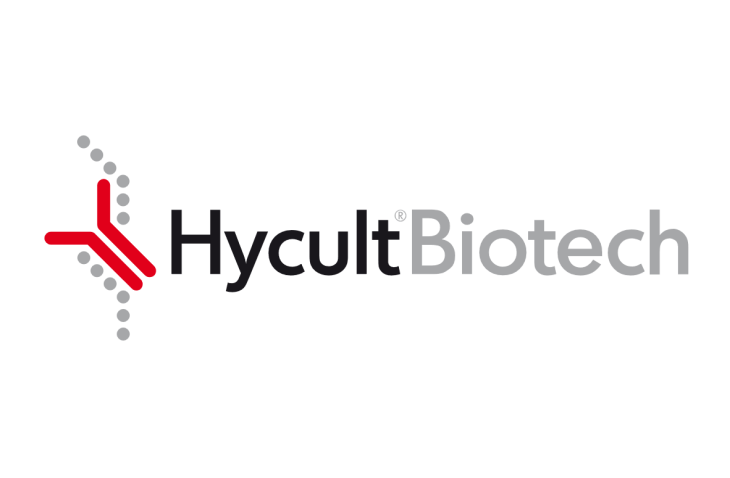Halotyrosine, clone BTK-94C is recommended for detection of bromotyrosine modified proteins. Halogenation is a chemical reaction that substitutes a molecule€™s hydrogen atom with halogen, a nonmetal element. Fluorination, chlorination, bromination and iodination are the four types of halogenation. Halogenated organic compounds are found as natural products in many living organisms. Halotyrosine residues are the result of tyrosine modification, usually bromine or chlorine. This generally occurs as a result of immune cell actions or oxidative stress. For example, activated eosinophils release eosinophil peroxidase, which in turn produces hypobromite (HOBr). Hypobromite can then react with proteins to create bromotyrosine residues. Studies on total bromotyrosine levels have shown that these protein modifications are increased in asthmatics, but are decreased in response to anti-inflammatory drugs.
Do you have any questions about this product?
Order your product by email
Productname
Halotyrosine, mAb BTK-94C
HM5016-100UG
By filling out this form, you are placing an order by e-mail. You will receive an order confirmation within one working day. The order cannot be modified after receipt of the order confirmation.
Request a sample
Productname
Halotyrosine, mAb BTK-94C
HM5016-100UG
By filling out this form, you request a sample. You will receive an order confirmation within one working day. The order cannot be modified after receipt of the order confirmation.
Are you looking for specific products, alternatives or documentation?











